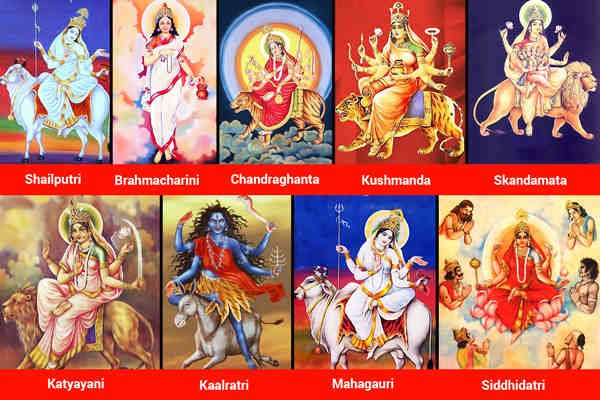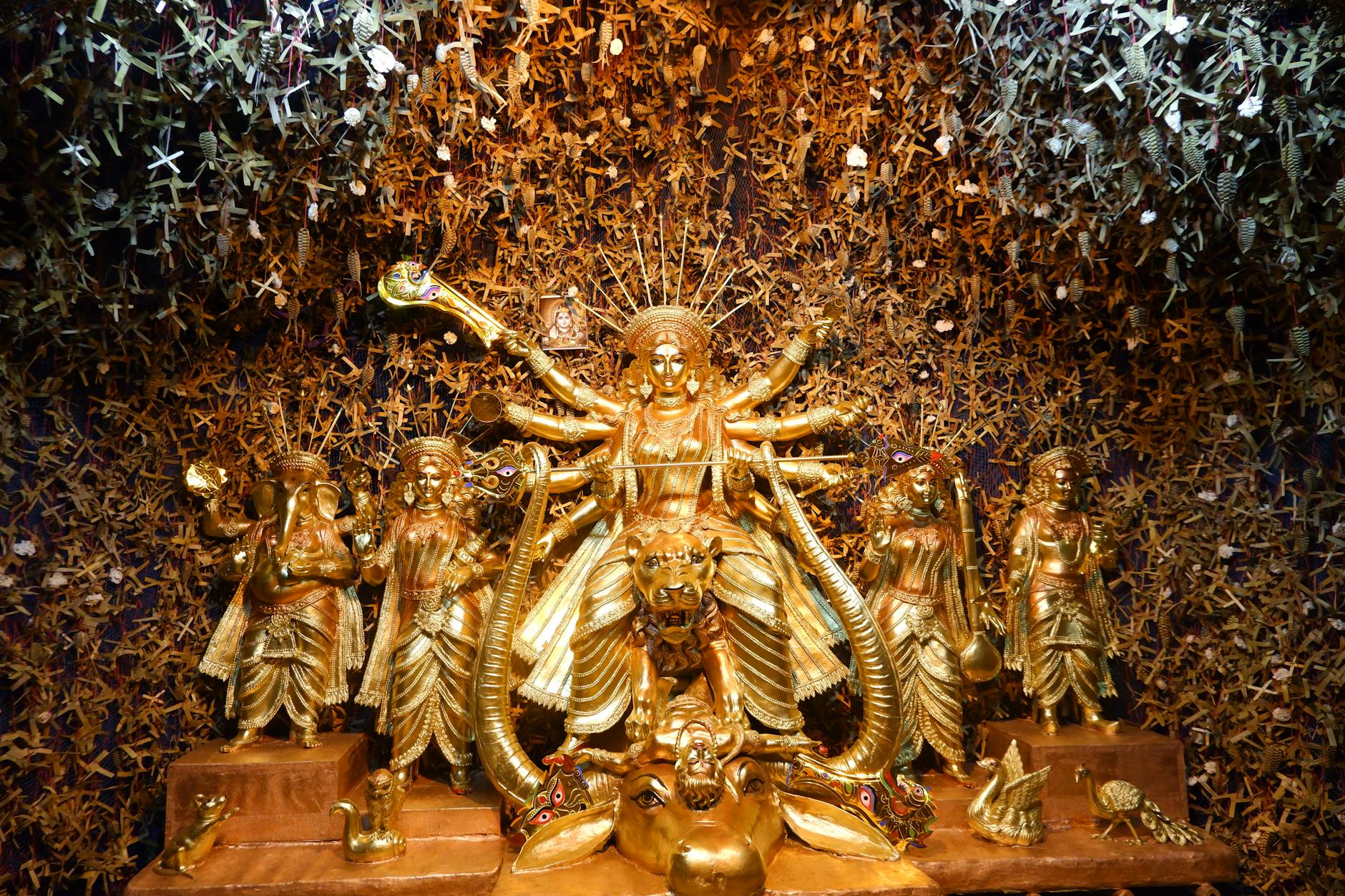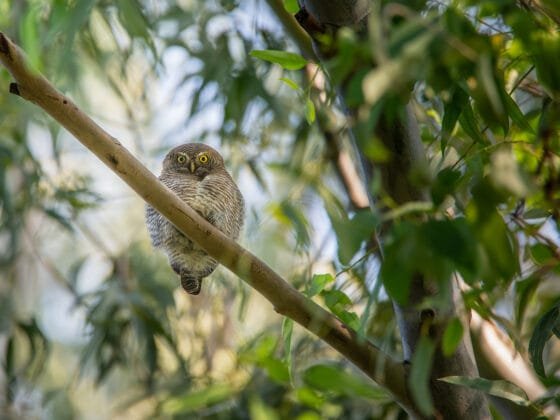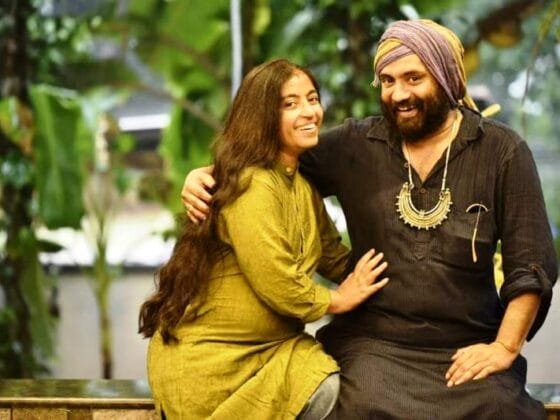As autumn paints the leaves in vibrant hues, a wave of festivity washes over India. Navratri, a nine-night and ten-day Hindu festival, unfolds, bringing with it a kaleidoscope of traditions, devotion, and joy. But what lies beneath the dazzling colors and lively rituals? Let’s delve into the heart of Navratri and explore its profound significance in Hindu culture.

A Celebration of the Divine Feminine:
At its core, Navratri honors the divine feminine energy, Shakti. Shakti embodies various aspects, from creation and nurturing to fierce protection and destruction. Over the nine nights, devotees worship nine manifestations of Durga, the powerful warrior goddess who represents the triumph of good over evil.
- Day 1: Shailaputri (Daughter of the Mountains): Symbolizes unshakable determination and grounding.
- Day 2: Brahmacharini (Following the Path of Truth): Represents self-discipline, knowledge, and penance.
- Day 3: Chandraghanta (Bell with the Moon): Embodies inner strength, beauty, and serenity.
- Day 4: Kushmanda (Cosmic Bloom): Represents good health, prosperity, and the creation of the universe.
- Day 5: Skandamata (Mother of Skanda): Symbolizes maternal love, nurturing, and protection.
- Day 6: Katyayani (Warrior Goddess): Represents courage, power, and the vanquishing of evil.
- Day 7: Kalaratri (The Dark Night): Embodies the destruction of negativity and ignorance.
- Day 8: Mahagauri (The Radiant White One): Represents purity, peace, and forgiveness.
- Day 9: Siddhidatri (Giver of Spiritual Powers): Represents the culmination of spiritual practices and the attainment of knowledge.

Devotees dedicate each day to a specific form of Durga, offering prayers, fasting, and participating in special rituals.
A Journey of Renewal and Reflection:
Beyond the celebration of the divine feminine, Navratri is a period of personal transformation. Here’s how:
- Fasting and Abstinence: Many devotees observe partial or complete fasts during Navratri. This practice promotes self-discipline, detoxification, and a deeper connection with the divine.
- Prayer and Meditation: Devotees dedicate time to prayer and meditation, offering gratitude and seeking blessings for spiritual growth and well-being.
- Community and Festivities: Homes and temples come alive with vibrant decorations, pujas (worship rituals), and cultural performances. This fosters a sense of community and shared celebration.

Navratri’s Enduring Legacy:
Navratri is a multifaceted festival that resonates deeply within Hindu culture. It’s a time to honor the divine feminine, embark on a personal journey of renewal, and celebrate the triumph of good. Whether observed with elaborate rituals or quiet introspection, Navratri’s significance lies in its ability to connect individuals and communities, fostering spiritual growth and a sense of collective well-being.
A Festival for All:
Navratri transcends religious boundaries, bringing communities together. The spirit of festivity spills onto streets, with colorful decorations and lively performances. It’s a time for families to gather, share stories, and strengthen bonds.
Do you have any special Navratri traditions? Share them in the comments below!












You must log in to post a comment.